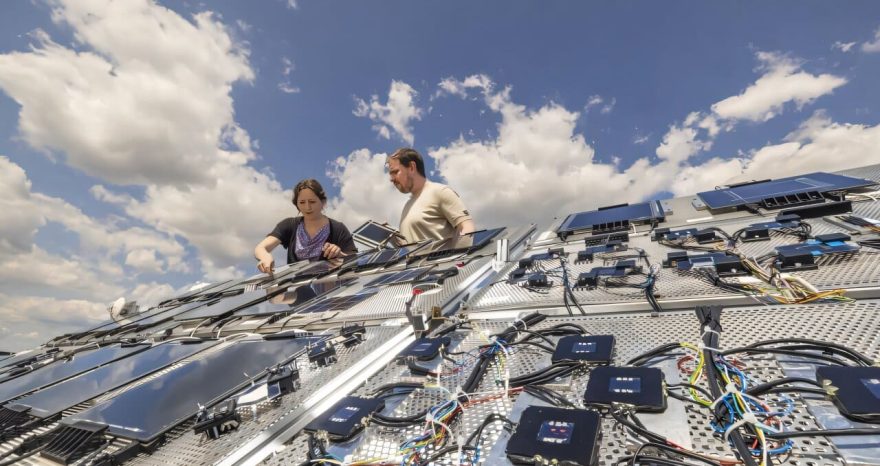
The golden era of renewable energy investments in the United States may soon come to an end. A new budget reconciliation bill, branded by President Trump as the “Big Beautiful Bill”, proposes sweeping changes that could severely impact the clean energy sector.
This wide-ranging legislative package uses the reconciliation procedure to bypass opposition in Congress and aims to restructure the federal budget. While it includes tax cuts, new incentives, and reductions in Medicaid spending, it also targets renewable energy provisions—with potentially disastrous consequences for the industry.
“Many elements of the House budget proposal,” explains Sylvia Leyva Martinez, principal analyst at Wood Mackenzie, “would hinder the development of renewable energy projects in the United States.”
The bill outlines a gradual phase-out of both the Investment Tax Credit (ITC) and the Production Tax Credit (PTC) for solar, wind, and energy storage projects. programs originally introduced by President Biden’s Inflation Reduction Act. According to the draft released by the House Ways and Means Committee, the credits would remain at full value only for projects placed in service by the end of 2028. After that, they would drop to 80% in 2029, 60% in 2030, 40% in 2031, and be eliminated entirely by 2032.
The proposal also removes credit transferability, mandates that projects must be in service to qualify for tax incentives, and introduces stricter provisions on foreign entities of concern (FEOC).
“These proposed changes would have far-reaching implications for the clean energy sector,” Martinez said. “While the bill retains some elements like domestic content bonuses and adders for energy communities, the overall outlook for the industry is challenging.”
In the solar sector, these adjustments could immediately stall the growth of utility-scale projects. The extension of the 45X Advanced Manufacturing Production Credit through 2031 is a positive step for U.S. manufacturers. However, this is undermined by new restrictions on foreign-made components, likely closing the American market to Chinese companies. Moreover, ending the tax credit transfer system could significantly harm U.S. manufacturers who heavily rely on this financial mechanism.
The phase-out of tax credits would also have a serious impact on the wind industry and its project pipeline. The early termination of wind-specific tax incentives adds further strain to the sector.
“We expect a temporary increase in wind installations driven by a rush to qualify for the PTC, similar to what we saw from 2020 to 2022, when installations averaged 14 GW per year,” said Diego Espinosa, senior analyst at Wood Mackenzie. “However, shifting the eligibility criterion from project initiation to placed-in-service status will shrink the pipeline and increase financial risk and uncertainty.”












